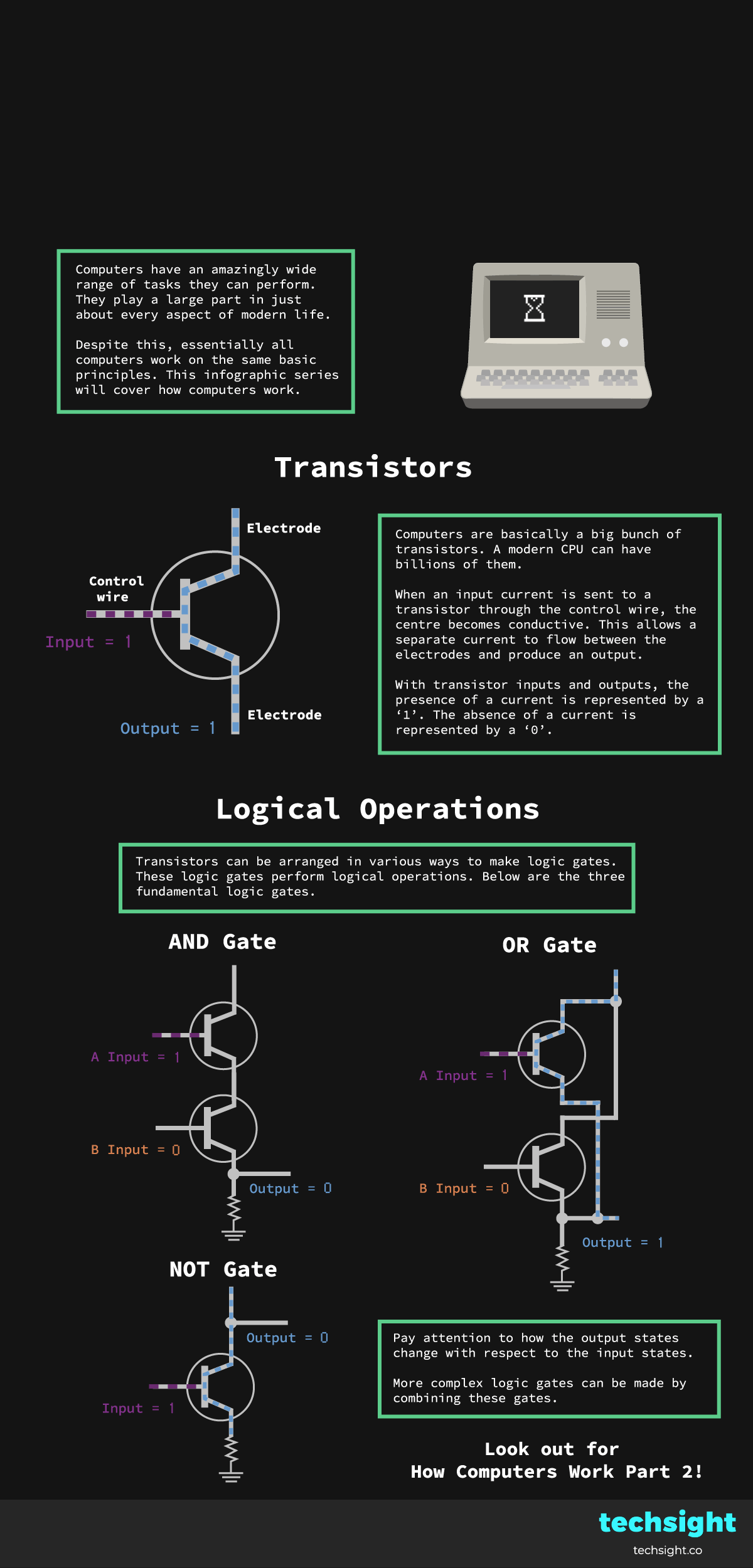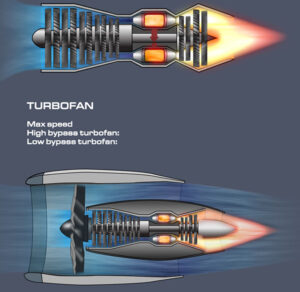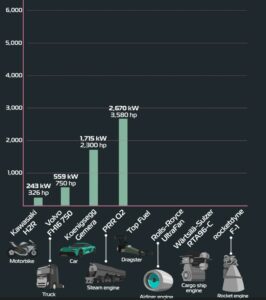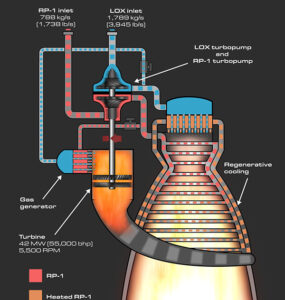
Computers have an amazingly wide range of tasks they can perform. They play a large part in just about every aspect of modern life.
Despite this, essentially all computers work on the same basic principles. This infographic series will cover how computers work.
Transistors
Computers are basically a big bunch of transistors. A modern CPU can have billions of them.
Transistors are incredibly small to fit so many in a computer chip. Currently, they can be made to be around 10 – 20nm in size.
Transistors consist of two electrodes and one control wire.
When an input current is sent to a transistor through the control wire, the centre becomes conductive. This allows a separate current to flow between the electrodes and produce an output.
With transistor inputs and outputs, the presence of a current is represented by a ‘1’. The absence of a current is represented by a ‘0’.
The term semiconductor refers to the function of a transistor. It can be a switch between being an insulator and conductor when needed.
Transistors are made from silicone. Ever heard of the place ‘Silicone Valley’?
Logical Operations
Transistors can be arranged in various ways to make logic gates. These logic gates perform logical operations. The three fundamental logic gates are shown in this infographic. These are the AND gate, the OR gate, and the NOT gate.
Pay attention to how the output states change with respect to the input states in the infographic. Below is a summary of the logical operations of each.
AND Gate:
The output is 1 only when both inputs are 1. Otherwise, the output is 0.
OR Gate:
The output is 1 when either or both of the inputs are 1. The output is 0 only when both inputs are 0.
NOT Gate:
The output state is the inverse of the input. So, when the input is 1, the output is 0. And when the input is 0, the output is 1.
More complex logic gates can be made by combining these fundamental gates.
Look out for How Computers Work Part 2!


